- Jul 21, 2013
- 66,582
- Pool Size
- 35000
- Surface
- Plaster
- Chlorine
- Salt Water Generator
- SWG Type
- Pentair Intellichlor IC-60
Chances are the pipes run alongside the pad and not under it. If you hand dig carefully you may able to follow the pipe.
Pamela, for that question specifically, so you know which line it is and "perhaps" incorporate a short-term fix. For example, if you were to isolate the leak to a skimmer line, then you could plug the skimmers for now and use the drain only. At least that way the pool would be running until you could have the repair done. In comparison, if it were on the drain line, many pools operate fine with no drain. So if that was the line damaged (drain), you could have that plugged and just use the skimmers.So, what is the advantage at this point of knowing what pipe the water is coming from?
Thank you, this is helpful. How deep are pipes typically buried.Chances are the pipes run alongside the pad and not under it. If you hand dig carefully you may able to follow the pipe.
I will have to work on this another day. Right now the trenches that I dug around the pad or filled with water because of the rain. I need to wait for them to dry up before I can tell where the water is coming from.Pamela, for that question specifically, so you know which line it is and "perhaps" incorporate a short-term fix. For example, if you were to isolate the leak to a skimmer line, then you could plug the skimmers for now and use the drain only. At least that way the pool would be running until you could have the repair done. In comparison, if it were on the drain line, many pools operate fine with no drain. So if that was the line damaged (drain), you could have that plugged and just use the skimmers.
A stud finder finds studs buried in the wall, wouldn't it be wonderful, if there was a pipe finder that could find pipes buried in the ground?
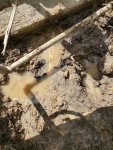
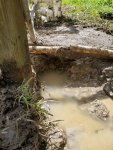
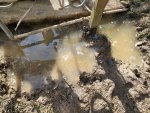
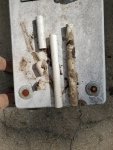
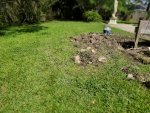
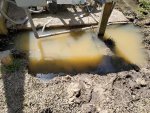
Many people will buy winterizing rubber plugs that come in different sizes to plug return jets, skimmer holes, etc. They can also be ordered online like this one for example (there are many): Amazon.com : Universal Tapered Rubber Winter Expansion Plug for Winterizing Pools or Spas #HWP1-5 : Swimming Pool Covers : GatewayI know how to stop the water at the skimmers, but that is it. Do I need to plug other lines? If so, can you tell me how to do that. Thank you for your help.
If you would like to ensure no water is leaving the pool shell itself, then yes. At this point, we really don't know how many (if any) pipes from the pool are leaking. It's a bit of a guessing game at the moment. But if you are able to plug the skimmer holes and the return jet holes, that should help isolate water in the pool. I don't recall if you have a main drain. If you do, that may need to be plugged as well. Or in some cases, it's already plugged from a former leak. It may not apply to you, but just letting you know.Do I need to plug all the holes in the pool?
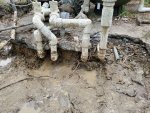 .
.
